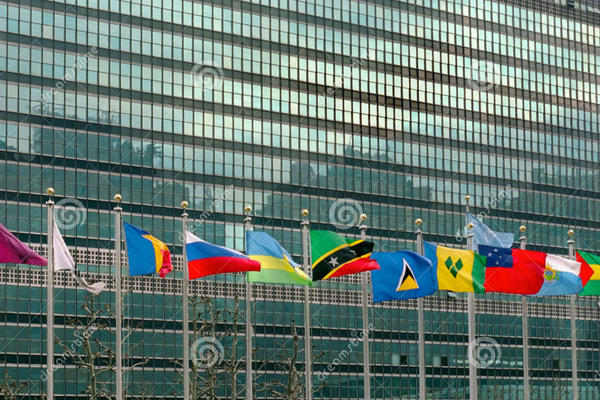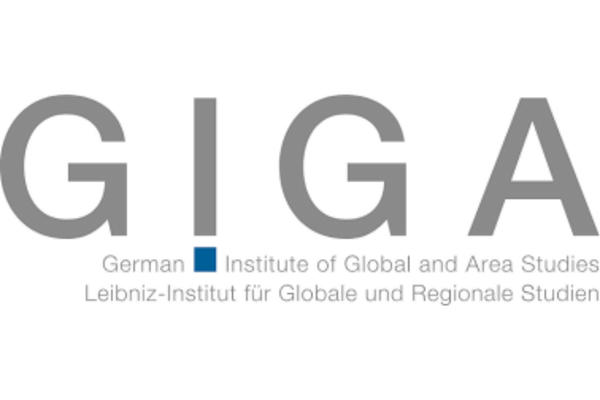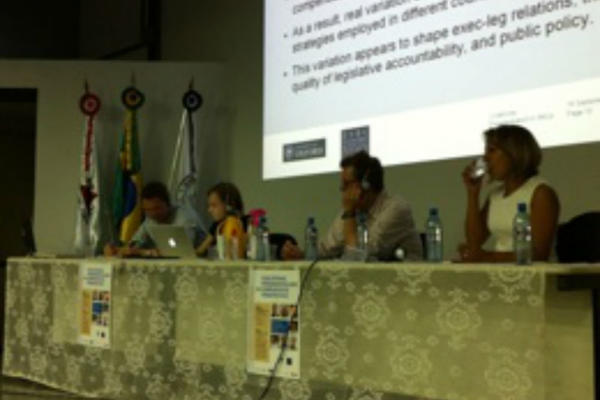The Presidential Toolkit
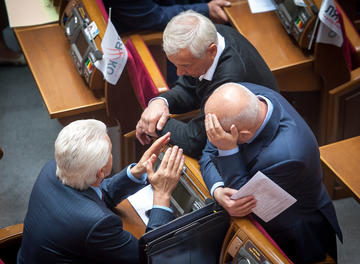
The Presidential Toolkit
The first cross-regional study of how presidents form and manage coalition governments is to be published in book form on 1 March, following a pioneering collaboration between academics from three OSGA centres. Coalitional Presidentialism in Comparative Perspective: Minority Presidents in Multiparty Systems (Oxford University Press) has been written by Paul Chaisty, Associate Professor in Russian Government, Timothy Power, Director of the Brazilian Studies Programme and Professor of Latin American Politics, and Nic Cheeseman, formerly Associate Professor of African Politics at OSGA and now Professor of Democracy and International Development at the University of Birmingham.
The book is the result of the Coalitional Presidentialism Project (CPP), which the three ran between 2011 and 2014. ‘Our collaboration had its origins in a OSGA research “awayday” at which everyone talked about what they were working on,’ explains Tim Power. ‘We discovered that three of us in three different units were all studying political systems in countries where presidents were using a variety of tactics to manage coalition governments.'
Most existing literature is based on understanding a basic two-party system, he adds, but in newer democracies there’s often even as many as thirty different parties, so the probability that an emerging president won’t have a majority is high. He or she has to form a coalition and act more like a Prime Minister. In practice, multiparty presidentialism has proved surprisingly sustainable – so how is this happening?
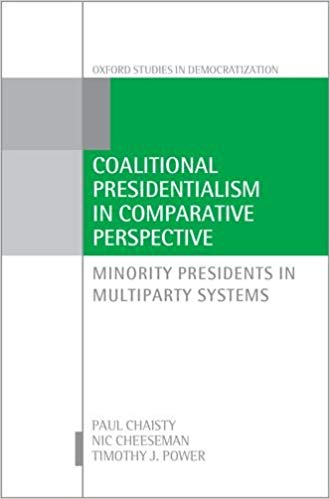
With funding from the ESRC, the CPP sought to investigate and compare how minority presidents built multi-party coalitions to manage their legislative agenda in nine emerging democracies between 1979 and 2014: in Africa (Benin, Kenya, Malawi), Latin America (Brazil, Chile, Ecuador) and the former Soviet Union (Armenia, Russia, Ukraine). A £730,000 grant enabled the researchers to appoint Svitlana Chernykh as their postdoctoral research officer and employ nine researchers (one in each capital city) to carry out interviews, collect data and produce case studies.
‘We found that minority presidents have certain tools they use to elicit support from other parties,’ says Tim. ‘We identified five: their own legislative power (for example, the power of veto or decrees they can issue alone); budgetary power (controlling spending); cabinet powers (satisfying other parties by giving them cabinet appointments); partisan powers (authority within their own party); and informal powers such as the exchange of favours (perhaps sanctioning a new road bridge, or facilitating the ability to trade).’
He adds: ‘The extent to which they use this presidential toolkit is shaped by local factors, but it’s surprisingly comparable across the regions. We assume that the presidents are cost minimisers – they do the least they need to satisfy their partners – and that they choose the tool which seems the least costly to use. If a country is experiencing a crisis, they deploy the tools much more obviously.’
All the data collected, including more than 350 interview transcripts, have been archived and are available online. As well as providing high-level research training for the local researchers recruited, this pioneering project is leaving a legacy of information for future investigations in this important new field.


